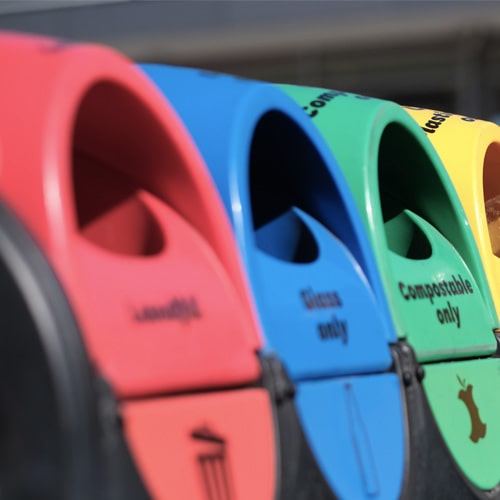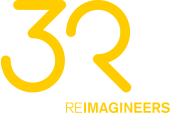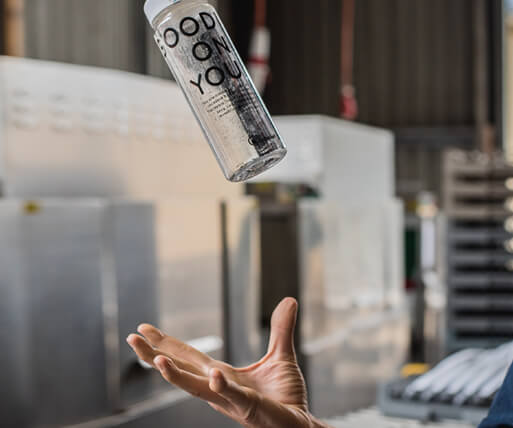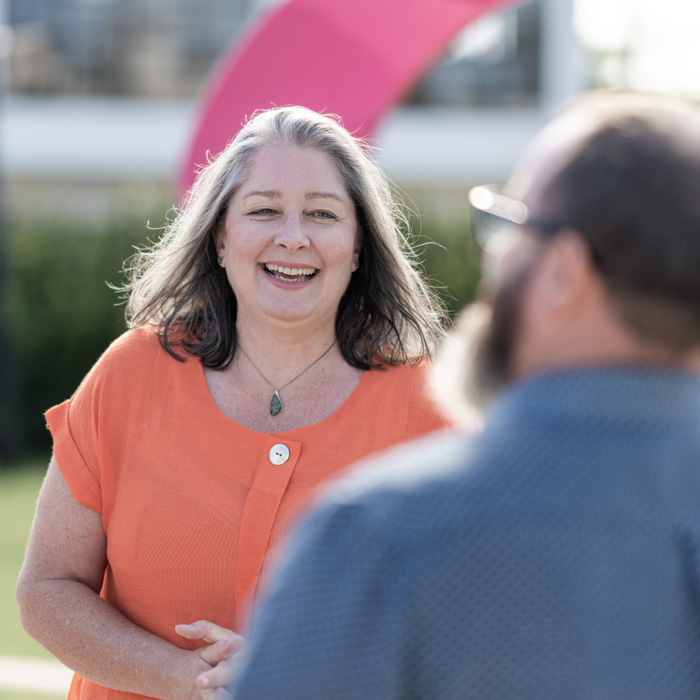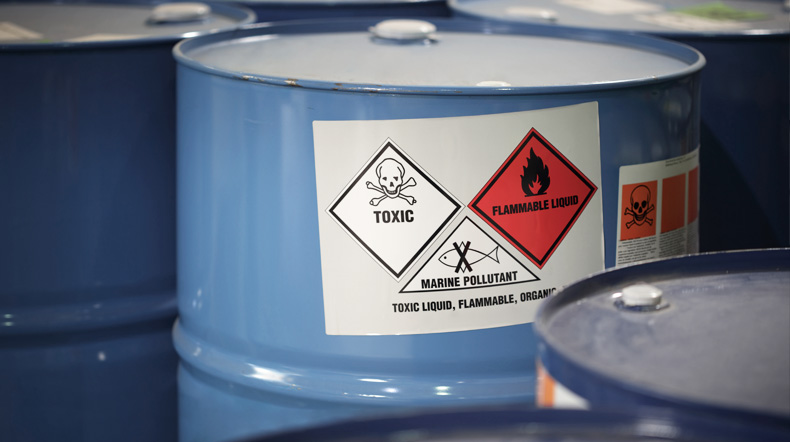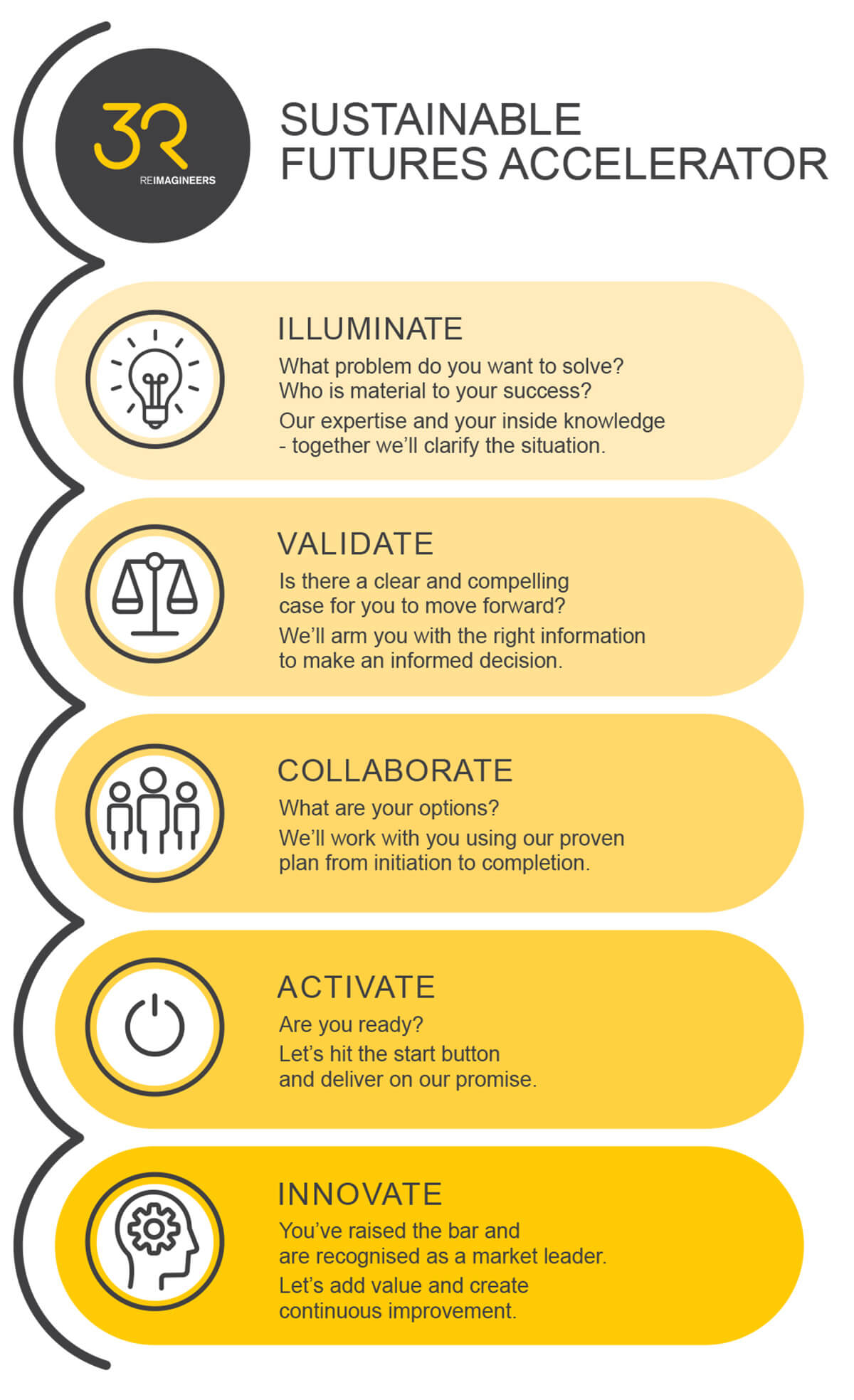Chemical collection and disposal – from start to finish
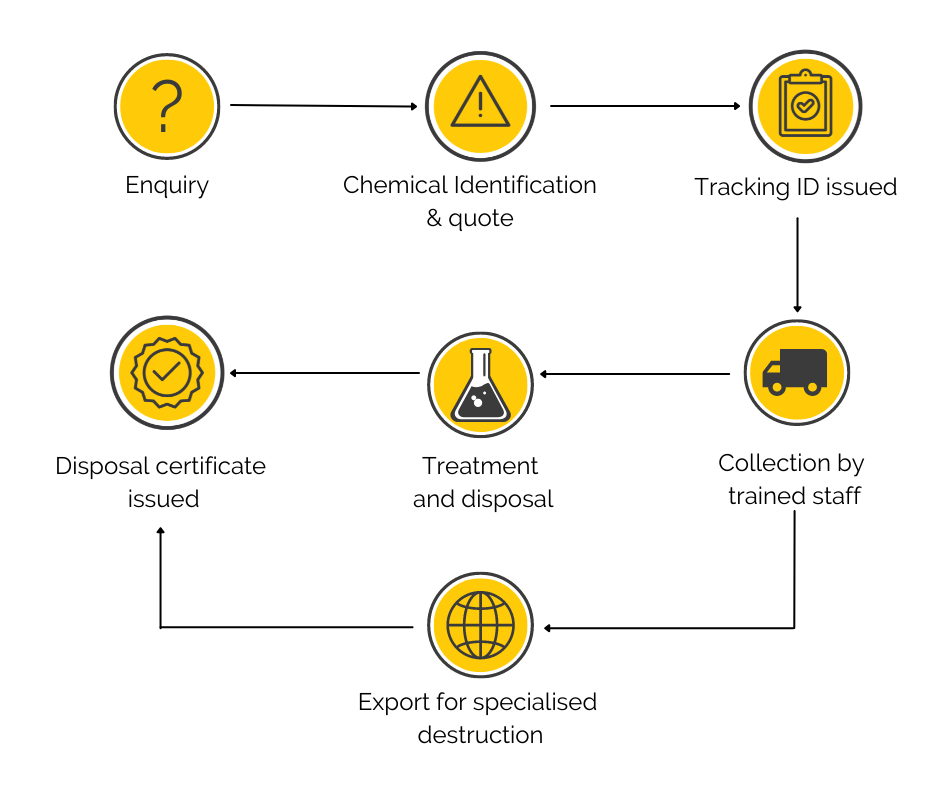
Chemicals, from the most benign to the most toxic, are used across a range of businesses and applications, but like all things they eventually expire or become unwanted but still pose a risk. So, what happens to them and why is it so important to dispose of them properly?
The first and most obvious issue with chemicals is they pose a risk to people and the environment. Secondly, there are now regulations in place that require businesses and organisations to keep an up-to-date inventory of all their hazardous substances. They are technically still responsible for these substances after they have been collected right to the point of disposal – so transparency is vital.
This is why we assign a unique tracking ID to every item we collect, meaning our customers can easily show that their chemicals were properly collected and disposed of compliantly.
So, how does our collection process work and why should you even bother?
While paying to dispose of something which no longer has a value to you may be a difficult pill to swallow, it’s important to consider the long-term cost of not. This, plus there are environmental and health and safety risks to consider.
Our ChemCollect service has been running since 2016. We use only our own vehicles and specially trained employees to ensure compliance and accountability throughout the path to disposal.
The process begins once a customer has confirmed a booking and our North or South Island-based drivers make the collection direct from the premises. A tracking ID is assigned to each item so we and the customer can follow its journey and make sure everything is transparent.
The chemicals are then assessed based on their active ingredient, which determines what disposal pathway they will follow.
The majority will be neutralised through various processes such as heating or adding additional chemicals and then stabilised. This means they become acceptable for specialised landfills.
However, there are some chemicals which are too hazardous or are persistent organic pollutants which never break down and need to be destroyed using high-heat incineration. This process breaks the chemical bonds down to reform non-hazardous chemicals.
As you can imagine it’s an energy-intensive operation but is the only way to properly deal with some of the very worst chemicals around.
Currently, there is no facility in New Zealand able to carry out this type of destruction, so the chemicals must be exported to appropriate facilities for destruction.
The final step in the process is the issuing of a disposal certificate, which can be used for audits or other compliance requirements. You can then rest assured you’ve kept people and our environment safe from harmful chemicals.
Jason Richards is 3R’s National Programme Manager – Chemicals. Connect with him on LinkedIn.

